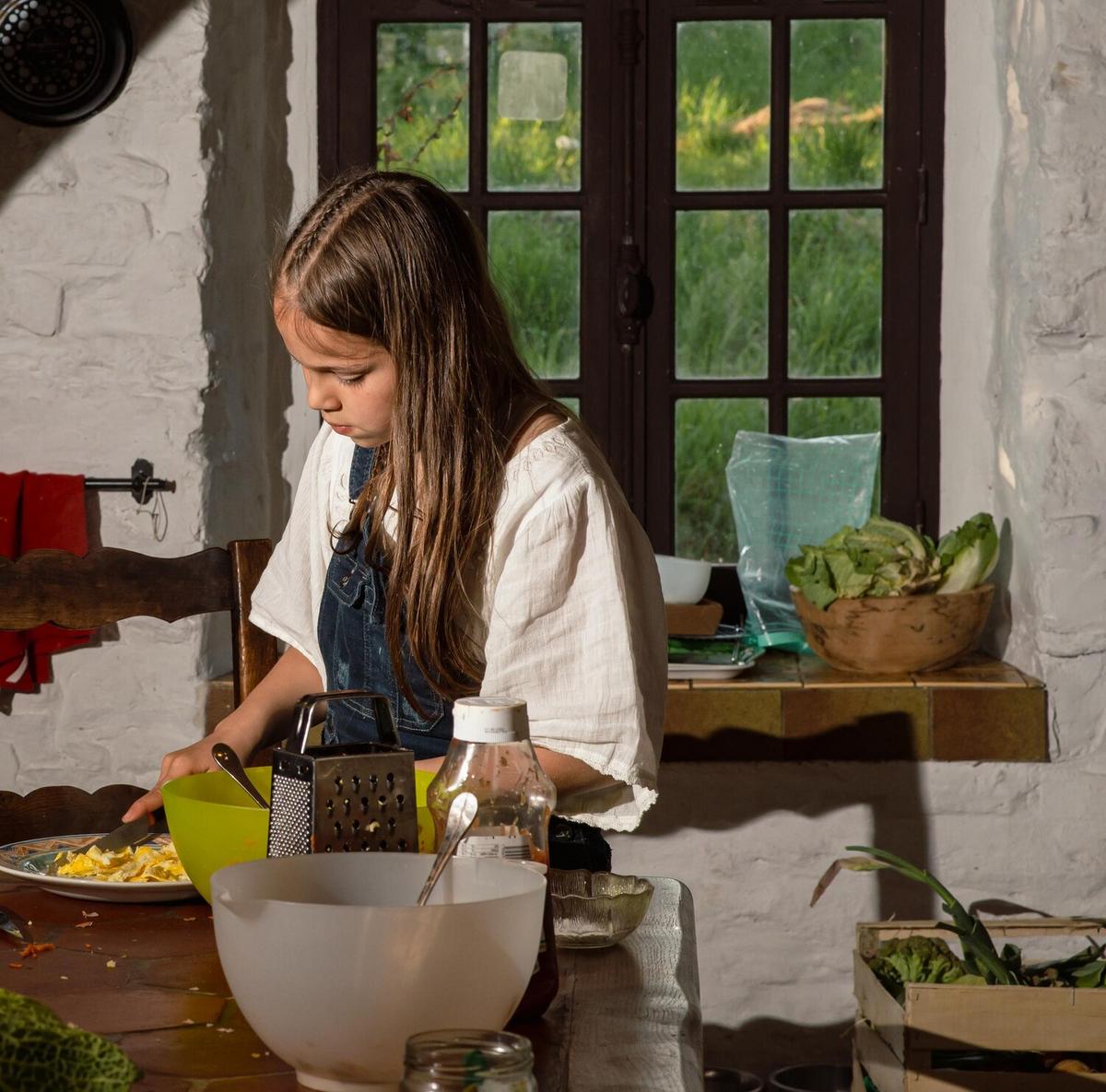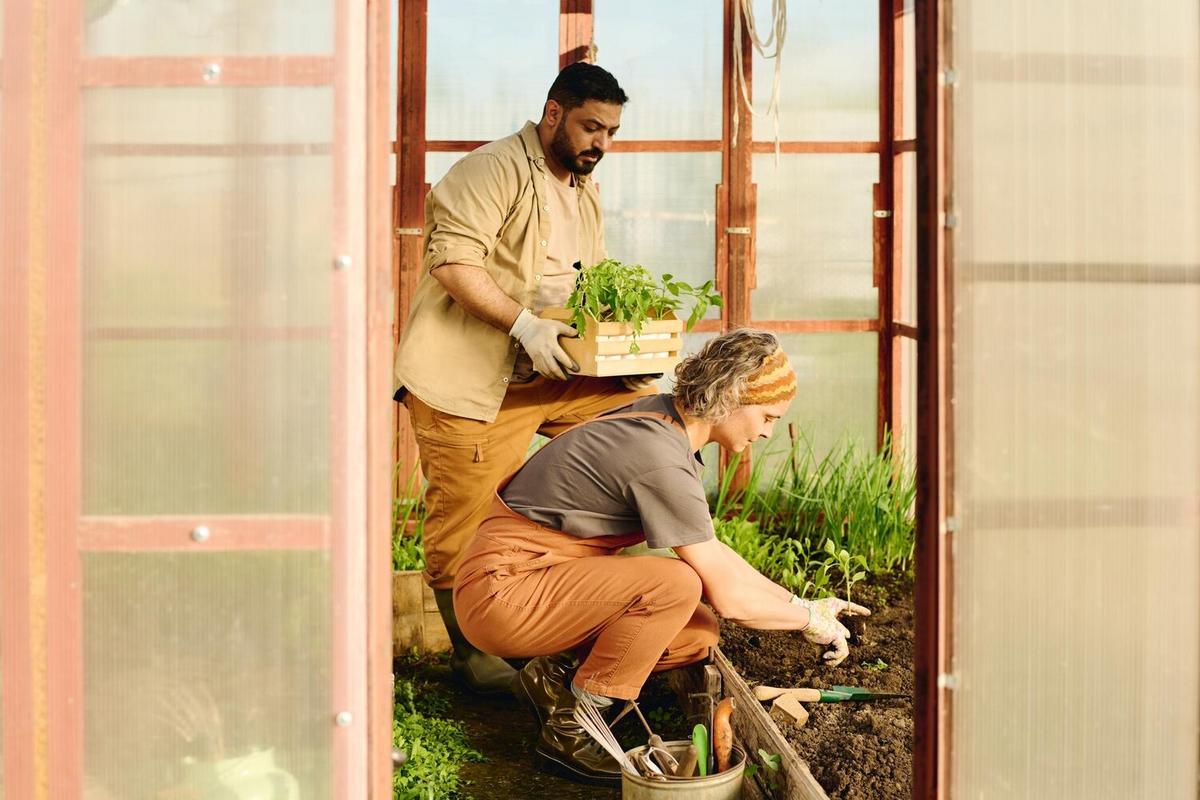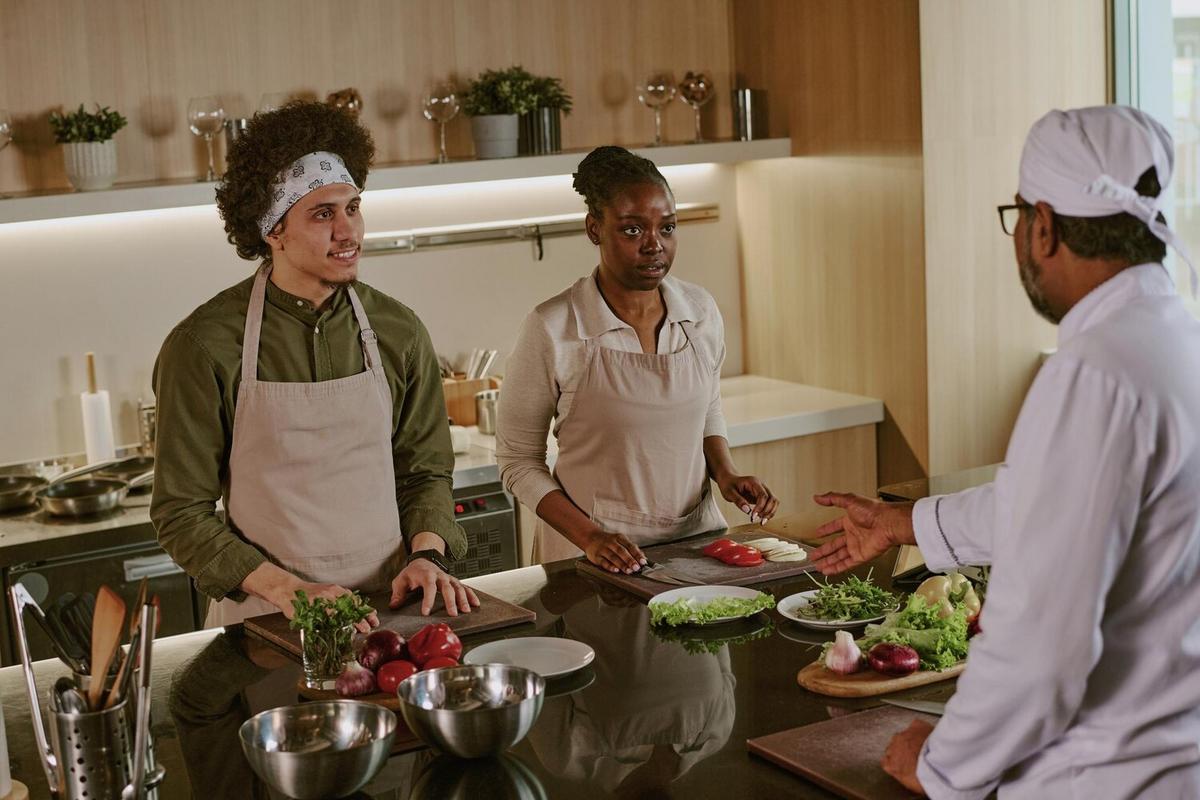In recent years, many culinary enthusiasts have turned their attention to ancient cooking methods, discovering that these age-old techniques can bring more depth and flavor to modern dishes.
As we explore the culinary past, it’s fascinating to see how these traditional techniques are being adapted for contemporary kitchens. Ancient cooking methods not only connect us with our culinary heritage but also offer sustainable and flavorful ways to prepare food. Let’s delve into some of these methods and see how they can be integrated into your cooking repertoire.
Exploring Time-Tested Techniques
Many ancient cooking methods have stood the test of time due to their effectiveness and the unique flavors they impart. For example, clay pot cooking has been used for centuries in various cultures. According to culinary historian Harold McGee, using clay pots can enhance the taste of food, as the porous material allows for a gentle, even heat distribution.
Statistics and Research
A study published by the Journal of Culinary Arts and Sciences found that dishes cooked using traditional methods like clay pots retained more nutrients compared to those cooked with modern equipment. This highlights the health benefits of incorporating these techniques into everyday cooking.
Personal Stories and Examples
Consider the experience of Michael, a home cook who rediscovered the art of cooking with a Dutch oven. He found that slow-cooked stews and breads developed deeper flavors and textures, reminiscent of meals from his childhood. This personal journey not only brought nostalgia but also inspired him to experiment more in the kitchen.
Actionable Tips for Modern Kitchens
- Sous Vide: This method, though modernized, has roots in ancient water bath cooking techniques. Invest in an immersion circulator to achieve precise temperature control.
- Open Fire Cooking: Try using a cast iron skillet over a grill or fire pit for that smoky flavor characteristic of traditional open flame cooking.
- Fermentation: Experiment with pickling and fermenting vegetables at home, a technique used for centuries to preserve food and enhance flavors.
When trying out ancient cooking methods, start with simple recipes to get familiar with the techniques and gradually explore more complex dishes.
Comparison Table: Ancient vs. Modern Techniques
| Method | Ancient Technique | Modern Adaptation |
|---|---|---|
| Clay Pot Cooking | Traditional clay pots | Modern slow cookers |
| Open Fire | Fire pits | Grills and smokers |
| Fermentation | Crocks and jars | Fermentation kits |
| Sous Vide | Water bath cooking | Immersion circulators |
| Stone Oven | Wood-fired ovens | Pizza stones |
| Steaming | Bamboo steamers | Electric steamers |
| Baking | Open hearths | Convection ovens |
| Roasting | Spit roasting | Rotisserie ovens |
FAQs
What are the benefits of using ancient cooking methods?
These methods often enhance the flavor and nutritional value of food, while also connecting us to culinary traditions.
Are ancient cooking methods sustainable?
Yes, many traditional methods use less energy and resources compared to modern cooking techniques.
Conclusion
Rediscovering ancient cooking methods offers a unique opportunity to blend tradition with innovation in the kitchen. By incorporating these techniques, you can elevate your culinary skills and enjoy meals that reflect both heritage and modernity. Start experimenting today and embrace the richness of the past in your cooking endeavors.




Leave a Reply